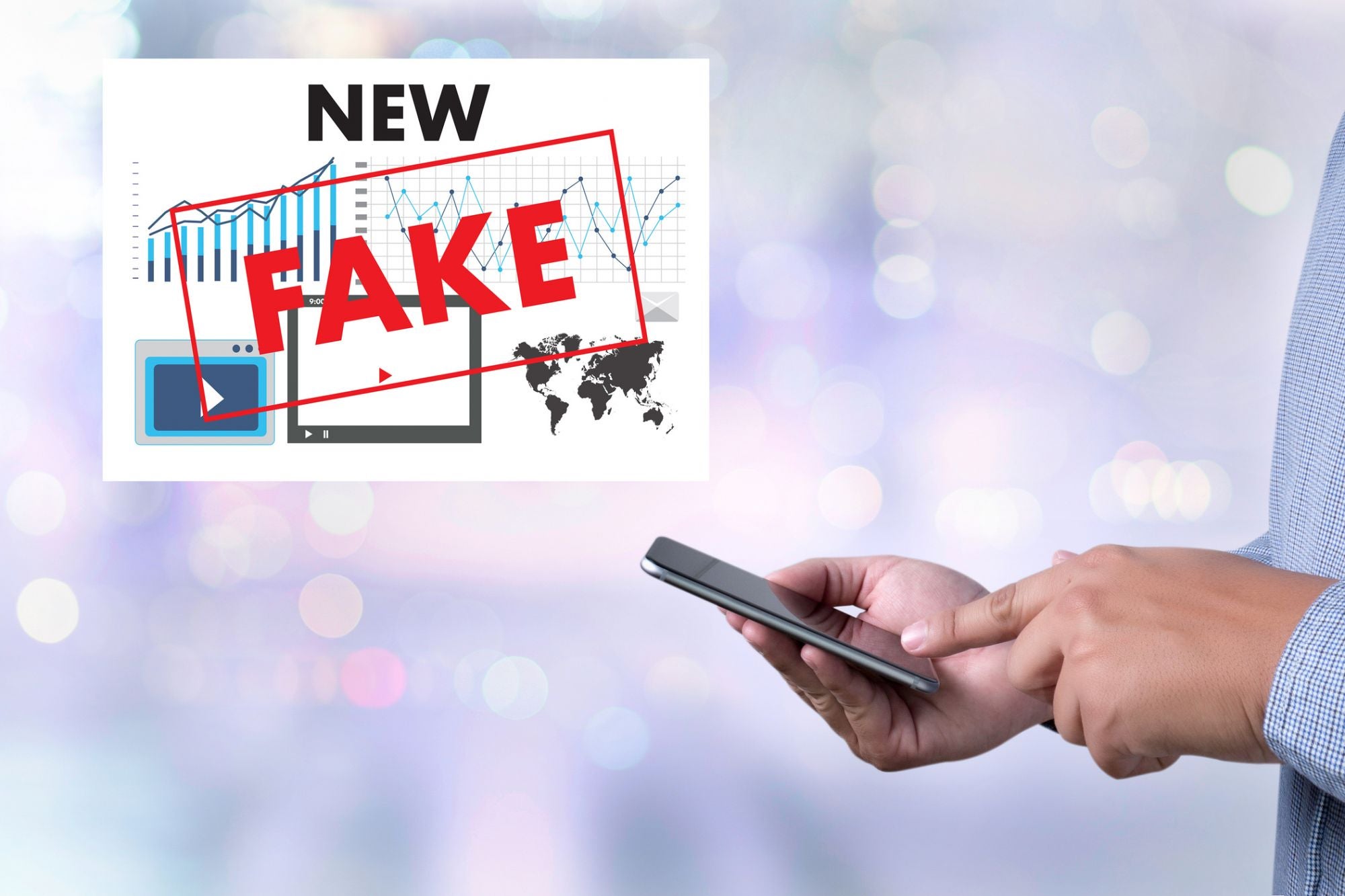Forget Fake News -- It's Fake Traffic You Need to Worry About One dollar of every three spent advertising online is lost to ad fraud.
Opinions expressed by Entrepreneur contributors are their own.

Media has become a battleground. There is an onslaught of fakery across all channels. Fake news, fake marketing claims, fake influencers, fake customer service. So much of this fakery is funded through advertising, and biggest thing they sell is fake traffic.
PPC Protect created a list of ad and click fraud statistics for 2018 that illustrate the scope of fake traffic on the Internet. The list shows a shocking amount of fake traffic from ad and click fraud, creating greater concern among companies of all sizes on how to avoid a financial hit for their marketing efforts.
This situation is unacceptable and create a real problem for marketers who must show results for their efforts. Even worse is the fact that click fraud has been going on for years with stories reporting the impact of fake traffic in 2015. Four years later, it continues and even grows.
This fake traffic does more damage than just wasting the marketing team's time; the financial impact can be significant and lead to a major budget hit. According to AdAge, $1 out of every $3 spent on advertising is lost because it has been unknowingly spent on ad fraud. Just in 2017, there was $16.4 billion in ad fraud loss.
Because a campaign has been tampered with by the inclusion of fake visitors, the results and insights drawn from the analytics are now inaccurate, further diminishing the ROI. To minimize this effect on mobile and online marketing efforts, companies must be more aware of the fraudulent traffic that's out there and start proactively weeding out the fake sites, clicks, and audience members from the real ones.
Related: How Ad Fraud Ruins the Internet
Good Bots Vs. Bad Bots
When it comes to fake Internet traffic, the main culprit seems to involve bots. However, not every bot should be viewed as bad or harmful to marketing campaigns. In Imperva's 2016 Bot Traffic Report, research indicated that nearly 52 percent of online traffic involved good bots (22.9 percent) and bad bots (28.9 percent). That means Internet traffic is only 48.2 percent human. It also made the distinction between good and bad bots.
As the report noted, there are good bots that work to provide efficiency through the automation of certain tasks. Marketers and other departments have realized time and money savings by using these good bots. Those interacting with these good bots also are aware that they may be talking to a chatbot for a service request or technical question.
However, then there are the bad bots that are primarily behind the emergence of this fake Internet traffic. The same report named four types of these harmful bots. First, there are impersonators, which are made to mimic human behavior, including propaganda bots recently used on social media sites to sway public opinion.
Second, there are scrapers that take original content from one site and put it on others as well as take customer lists, contact information, and other valuable data. Third, spammer bots are used to drive Internet traffic to spammer websites. Finally, marketers are most concerned with click bots. This is a relatively new type of ad fraud and that click on performance-based and PPC ads that drive up the cost of this type of advertising.
Related: 3 Ways to Protect Your Company Against Pervasive Ad Fraud
Awareness and Identification
The first step to address the impact of fake Internet traffic is to know what it looks like similar to the factors that help call out fake online news stories. Some of the suspicious signs to look for include dramatic changes in online traffic patterns. For example, if page views spike upwards suddenly without any new campaign, then a bad bot may be behind it.
Other analytics also point to fraudulent activity. These metrics include higher bounce rates, lower than normal page view times, and more visits than customers. All of these may indicate that a bot could be involved. Also, if unknown domains are referring to traffic to your site, then you may want to investigate these domains further to see if they are bots.
Proactive Tactics and Targets
Knowing what to look for is only half the battle. The biggest fight involves adding defensive and offensive strategies that strengthen security on your site and improve your online advertising campaign reach.
First, focus on known ad networks that have good reputations for delivering results tied to real people. Avoid any network that offers a deal or has no known reputation to review. Even if a network has an excellent reputation, it's still a good idea to ask candidates about the origin of the publisher's traffic.
Platforms and Solutions
There are other tools for marketers that may be a necessary investment given the increasing state of fraudulent online traffic. According to Sam Darawish, CEO and Co-Founder of Everflow Technologies, noted, "For eliminating fake traffic, build a system of multiple checkpoints to make sure that fake traffic is caught and filtered out. Every marketing campaign should be set up with defined targeting. Also, reporting should be clear enough to make snap manual decisions, and double-checked with third-party anti-fraud tools. Each layer of your approach represents an increasingly strong layer of protection."
Related: A New Way to Examine and Tackle Mobile Ad Fraud
Fighting Fake Traffic
There are two types of tools that marketers consider as necessary investments in the constant fight against fraudulent online traffic. There are anti-fraud solutions, such as Forensiq or Anura, which use probabilistic models to predict what is real traffic and what is trying to emulate human behavior. These types of solutions are used by all of the major advertising agencies. However, one major downside is they predict and flag bad traffic without taking immediate action to stop that traffic, which can lead to damaged relationships with partners.
The other type of tools are platforms that offer a way to track and manage all your marketing channels. Since tracking platforms are directly involved with all user traffic, they allow marketers to make deterministic rules about what types of traffic is unacceptable and block that traffic immediately.
Sam Darawish, CEO and Co-Founder of the Everflow performance platform, noted, "We found with our Ad Network and Agency clients that they needed a clear solution for immediately blocking fraud and bot traffic. Any source of bad traffic often would severely hurt their relationship with brands. For performance marketers, most fraudulent traffic is surprisingly easy to catch when you have access to clear analytics. For example, you can catch a large portion of fraud by tracking when a user views an ad and then seeing if they make a purchase within 15 seconds of seeing that ad. It's a clear fraud situation since it's impossible for a user to make a purchase so quickly. This makes it an easy deterministic decision to have your platform automatically deactivate the source of that user. For protecting yourself against the most advanced bot fraud, it always best to use both anti-fraud tools and a platform capable of making the automatic decision to stop receive traffic from those fraud placements."
At the end of the day, as long as bot traffic fraud makes money for someone, they will continue to evolve their tactics for sending fake traffic. Marketers need to ensure they are vigilant against unnatural traffic sources, utilize tools to support their efforts, and stay informed whenever there is a huge fraud outbreak like the infamous Methbot fraud outbreak in 2016.









